Results 4,901 to 4,910 of 12091
Thread: Anandtech News
-
04-10-15, 12:30 PM #4901
Anandtech: Crucial BX100 (120GB, 250GB, 500GB & 1TB) SSD Review
Crucial has been doing very well in the client SSD market during the past year. Crucial's/Micron's ability to quickly roll out the 16nmNAND node definitely paid off because the MX100 really nailed it when it came to cost and overall value. The MX100 set a new bar for mainstream SSD prices while still providing solid performance in typical client-level workloads. Back at CES, Crucial introduced some fresh faces to its client SSD lineup by announcing the MX200 and BX100. The MX200 is essentially a retail version of Micron's M600 that was launched last year and which we already reviewed, but the BX100 is a totally new series that utilizes Silicon Motion's popular SM2246EN controller with custom Crucial firmware. Can the BX100 provide what the MX100 did last year? Read on and find out!
More...
-
04-10-15, 09:00 PM #4902
Anandtech: Windows 10 Insiders: New Windows 10 Mobile Build Now Available For Phones
It was almost two months ago that Microsoft released the first build of Windows 10 for phones. The first build was very basic, and was missing a lot of the Windows 10 functionality that will be coming. If you did want to try it out though, it was limited to just a handful of devices which means that it had a very small audience. Today that is changing, and the new build is available on almost every single Nokia/Microsoft phone made with the big exception of the high end Lumia 930/Icon, as well as the just released Lumia 640XL. Both devices require some new scaling code added to support the display size and resolution.
But with this build, we really get our first glance at Windows 10 on phones. Many of the core apps have been updated to have a new experience. Project Spartan, which we first saw in the latest Windows 10 desktop build, is now replacing Internet Explorer on the phone as well. Considering the performance delta between mobile CPUs and desktop CPUs, the performance improvements that we have measured in Project Spartan should make an even bigger difference. I will run one of my devices through some benchmarks to see what the new build will offer.
Also new is the Outlook Mail and Outlook Calendar apps, which are universal Windows apps and will be the same ones found on the desktop too, although they are not yet on the current desktop build, so we will get our first look at them on the small screen. They have a new UI, and the calendar and mail can both be accessed while in the same app rather than having to switch between two. Outlook will now leverage Word for email composition as well, which should drastically improve the experience on mobile.
The Phone and Messaging apps are also new. Both have new designs, but the Skype integration coming to the Messaging app does not appear to be part of this build. The People and Maps app are also redesigned.
All of these apps can now be accessed through a new App Switcher, which is accessed the same way as the old one – hold the back button – and it now supports landscape and offers a grid layout on larger devices which have extra screen real estate.
For anyone who wants to try it out, you must be part of the Windows Insider program, and install the Windows Insider app on your phone, and then sign in with the same MS account as you signed up for the Windows Insider with. Remember though that this is all pre-release software, so you may not want to install this on your personal phone. There are a list of known bugs as well, so be sure to check out the source link if you are interested in installing the new Technical Preview.
Source: Microsoft
More...
-
04-13-15, 03:30 PM #4903
Anandtech: NVIDIA Releases 350.12 Game Ready WHQL Drivers
Hot on the heels of their first R349 branch driver release earlier this month with the release of the 350.05 hotfix drivers, NVIDIA is back again with another R349 release. This time NVIDIA is releasing 350.12, which happens to be both a Game Ready release and their first R349 WHQL release.
On the Game Ready front, NVIDIA is releasing these drivers ahead of this evening's release of the PC version of Grand Theft Auto V, and as is customary for a Game Ready release it contains all of the latest optimizations and profiles necessary for the game. This includes profiles to enable both SLI and 3D Vision support. Meanwhile from a technical standpoint GTA V will be a GameWorks-enabled title, with developer Rockstar using NVIDIA’s Percentage-Closer Soft Shadows (PCSS) and TXAA technologies in the game.
Otherwise as this is also the first R349 WHQL driver we have a bit more detail on what NVIDIA has been working on under the hood for this branch, thanks to a proper set of release notes. Of particular note, NVIDIA has improved the interaction between high resolution (4K+) displays, SLI, and their frame buffer capture technology (used in GameStream/Shadowplay) to reduce the performance hit from using all of these technologies together. Similarly, the NVIDIA control panel is now finally HiDPI aware, capable of supporting 250 DPI.
With this driver release NVIDIA has also posted a bit more information on their OpenCL 1.2 driver. The driver has not yet passed OpenCL conformance testing over at Khronos, but it is expected to do so. OpenCL 1.2 functionality will only be available on Kepler and Maxwell GPUs, with Fermi getting left behind.
Finally, for Windows 10 users, it looks like you'll want to stick to the Windows Update drivers if you want WDDM 2.0 support. A quick check of the 350.12 INF file shows that it doesn't have entries for Windows 10, indicating that this driver is not WDDM 2.0 enabled.
As usual, you can grab the drivers for all current desktop and mobile NVIDIA GPUs over at NVIDIA’s driver download page.
More...
-
04-13-15, 04:00 PM #4904
Anandtech: AMD Releases Catalyst 15.4 Beta Drivers
In a busy day for video card drivers ahead of the Grand Theft Auto V launch, AMD has also released an updated driver set in preparation for release of the game.
Released in beta form, Catalyst 15.4 (display driver ver. 14.502.1014) is AMD’s GTA V launch driver and contains all of their latest optimizations and profiles for the game, including enabling Crossfire support. Along with the GTA improvements, Catalyst 15.4 also brings with it new or updated Crossfire profiles for several other games (including Battlefield Hardline and Metal Gear Solid V: GZ), and bug fixes for Battlefield 4, Battlefield Hardline, and Far Cry 4.
Meanwhile for Windows 10 users, as with NVIDIA’s release today you’ll want to avoid these drivers if you want WDDM 2.0 support. Officially these drivers only support up to Windows 8.1 and are not WDDM 2.0 enabled.
As always, you can grab the drivers for all current desktop, mobile, and integrated AMD GPUs over at AMD’s Catalyst beta download page.
More...
-
04-14-15, 07:30 AM #4905
Anandtech: Synology Launches ARM-based DS1515 and RS815 Value Series NAS Units
Synology introduced their x15+ series in the second half of 2014. The models were all based on the Intel Rangeley platform (x86). It is now time for a refresh of the Value Series using ARM-based SoCs - the x15 models. There are two units being introduced today, the 5-bay DS1515 in the tower form factor (MSRP: $650) and the 4-bay RS815 in a new short-depth rackmount form factor (MSRP: $600).
DS1515
Based on the Annapurna Labs Alpine AL-314 quad-core Cortex-A15 SoC, the unit has four GbE LAN ports, two USB 3.0 and two eSATA ports. The eSATA ports can be used to connect up to two DX513 / DX213 expansion units. This can provide up to a maximum of 10 bays additional to the five on the main unit. The DS1515 comes with 2GB of RAM.
Gallery: Synology DS1515





The unit comes with Synology's widely respected DiskStation Manager DSM 5.2 OS supporting a wide variety of networking protocols, applications and add-on packages. The AL-314 SoC comes with hardware encryption engines and a dedicated floating point unit. The presence of four LAN ports help in setting up a high-performance high-availability cluster. Claimed throughput numbers indicate up to 403.7 MBps reads and 421.8 MBps writes.
RS815
The RS815 solution is internally the same as the RS814 introduced last year. Carrying the same Marvell ARMADA XP MV78230 that we reviewed a couple of years back in the LenovoEMC ix4-300d, the performance numbers come in at 216.7 MBps reads and 121.8 MBps writes. The eSATA port allows the connection of a RX415 expansion unit. This can provide up to a maximum of 4 bays additional to the four on the main unit.
Gallery: Synology RS815





The important update is the short-depth chassis design. The RS815 is only 29 cm deep, compared to the RS814's 46 cm. This allows for denser deployments and compatibility with industrial server environments.
It is refreshing to see Synology continuing to invest in ARM-based models f
More...
-
04-14-15, 09:30 AM #4906
Anandtech: The 2015 MacBook Review
I’m still not entirely sure when it actually happened, but at some point over the last couple of years the crossover between tablets and laptops stopped being an idea and became a real thing. Perhaps it was Microsoft’s Surface Pro 3, which came out as an x86 Core architecture tablet that was finally thin enough to no longer be an awkward laptop without an attached keyboard. Or maybe it was the more recent release of Intel’s Core M family of CPUs, which brought the Core architecture to a sub-5W design for the first time while making the overall SoC thinner than ever before.
But either way you cut it, the line between tablets and laptops is blurrier than ever before. The performance of tablets is continuing to improve though faster CPUs and unexpectedly powerful GPUs, all the while laptops and high-performance x86 tablets are getting thinner, lighter, and lower power. There are still some important differences between the devices, and this is a consequence of both current technological limitations as well as design differences, but clearly the point where traditional tablets end and traditional laptops end is no longer a well-defined one.
This brings us to today’s review and today’s launch of Apple’s latest ultra-thin laptop, the simply named MacBook. Though Apple’s device is distinctly a laptop in terms of form factor and design, you’d none the less be excused for mistaking it for a large form factor tablet if you took a look at its overall size and internal configuration, both of which are far closer to a tablet than a laptop. Apple may not be doing any kind of wild 2-in-1 transforming design, or even pushing the concept of a touchscreen OS X device, but they have clearly tapped their immense experience with tablets in putting together the new MacBook.
More...
-
04-14-15, 01:00 PM #4907
Anandtech: New Samsung SSD 840 EVO Read Performance Fix Coming Later This Month
The Samsung SSD 840 EVO read performance bug has been on the table for over six months now. Initially Samsung acknowledged the issue fairly quickly and provided a fix only a month after the news hit the mainstream tech media, but reports of read performance degradation surfaced again a few weeks after the fix had been released, making it clear that the first fix didn't solve the issue for all users. Two months ago Samsung announced that a new fix is in the works and last week Samsung sent us the new firmware along with Magician 4.6 for testing, which will be available to the public later this month.
I covered the reason behind the issue in one of our earlier articles, but in short the read performance degradation is a result of cell charge decay over time that caused extensive read-retry cycles to retrieve the correct data. The new firmware fixes this by periodically refreshing (i.e. rewriting) old data, which recovers the cell charge back to its original state and ensures that no read-retry or ECC that would degrade the performance is needed. Samsung says that the refresh operation does not impact user performance, suggesting that it's a relatively low priority process that is run when the drive is idling.
The new Magician 4.6 also includes an Advanced Performance Optimization feature, which is similar to the performance restoration tool that Samsung released earlier. Basically, it's a command that tells the SSD to rewrite all of its internal data, which resets all cell charges and hence recovers performance. It's merely a supplementary tool as the firmware upgrade itself should be enough to restore performance, but in case the performance isn't fully restored after the firmware upgrade (and some idle time to let the drive refresh the cells), the tool can be used to force a cell charge refresh.
I haven't run any tests of my own because I don't have any 840 EVOs deployed in my systems (I only have one 2.5" EVO anyway), but Allyn Malventano from PC Perspective managed to run some tests on a degraded drive to show the impact of the new firmware.
Allyn's tests indicate that the new firmware seems to mostly fix the issue even without running the optimization tool. Note that Allyn didn't give the drive any idle time after the firmware update, so the update appears the be very effective and with idle time the performance would likely have restored on its own.
Obviously, the big question is whether the performance will stay high because there was never a problem with freshly written data. We won't know that for sure until a couple of months later, but given the way the new firmware handles old data it does sound more promising because no data should get old enough to be slow to read.
Some of you are likely skeptical about the effect on endurance since rewriting the data will consume P/E cycles, but I find this to be a non-issue. We know that Samsung's 19nm TLC NAND is rated at 1,000 P/E cycles, so if the drive was to refresh all cells once a week, even that would only consume 52 cycles in a year. In five years time the total would be 260 cycles, which leaves you with 740 cycles for user data writes (for the record, that's 52GB of NAND writes per day for five years with the 120GB 840 EVO).
All in all, I hope this fix will finally put an end to the performance degradation. The issue has been bugging many users for months and it's critical that the users get what they initially paid for. On one hand I'm confident enough to say that this fix is permanent given the way it works, but on the other hand I don't want to be too optimistic this time around because the first fix didn't turn out so great. Either way, I think this fix is the last chance for Samsung to provide a permanent solution because they already failed to do so once and it would no longer be fair to ask the customers to wait months for a fix that might or might not fix the issue. For now the only thing we can do is wait for user reports and hope for the best, but at least in theory the new firmware should be a permanent fix.
More...
-
04-14-15, 10:30 PM #4908
Anandtech: Intel Reports Q1 2015 Earnings: Lower PC Sales And Higher Data Center Reve
Intel released their Q1 2015 earnings today. The company posted revenues of $12.8 billion USD for the quarter which is down 13% from Q4 2014, and flat year-over-year. Gross Margin was 60.5%, which is up 0.9% over Q1 2014 and down 4.9% over last quarter. Operating Income came in at $2.6 billion, and Net Income was $2.0 billion, which was up 3% over Q1 2014 and down 46% as compared to their last quarter. Earnings per Share was $0.41, which is up 8% year-over-year and down 45% quarter-over-quarter.
There are a couple of notes to make about this year’s reporting structure. Last November it was made known that the Mobile division would merge with the PC Division. The Mobile division has long been a source of large operating losses mostly due to the contra revenue plan to boost Atom sales in tablets. It also should mean that mobile becomes as big of a priority for Intel as the PC CPU space, which should benefit the company in the long term with the push to lower power devices. For Q1 2015, Intel is no longer reporting the Mobile division as a separate reporting structure, and instead it will be combined into the Client Computing Group.
The new numbers will of course reflect this, so any year-over-year comparisons will also be compared with like-for-like data.
That being said, the Client Computing Group did not have an excellent quarter. Declining PC sales due to the slowing of corporate customers performing Windows 7 migrations has put a damper on this group. Revenue for the group was $7.4 billion, which is down 16% from last quarter, and down 8% from last year. Breaking the numbers down a bit further, desktop platform volumes were down 16% year-over-year, which is a pretty sharp decline. At the same time, the average selling price for desktop platforms went up 2% to help offset this loss. Notebook platforms on the other hand were up 3% year-over-year, but the average selling prices of notebook platforms went down 3%. Tablet volumes were up 45% as compared to Q1 2014. Compared to Q4 2014, the entire group had revenue down 16%, platform volumes down 18%, and average selling prices up 1%.Intel Q1 2015 Financial Results (GAAP) Q1'2015 Q4'2014 Q1'2014 Revenue $12.8B $14.7B $12.8B Operating Income $2.6B $4.5B $2.5B Net Income $2.0B $3.7B $1.9B Gross Margin 60.5% 65.4% 59.6% Client Computing Group Revenue $7.4B -16% -8% Data Center Group Revenue $3.7B -10% +19% Internet of Things Revenue $533M -10% +11% Software and Services Revenue $534M -4% -3% All Other Revenue $615M 0% +13%
The Data Center Group had almost the polar opposite, with revenue of $3.7 billion which is up 19% year-over-year, with platform volumes up 15%, and average selling prices up 5%. Compared to Q4 2014, revenue was down 10% with volumes down 7% and average selling price also down 3%.
The Internet of Things group is still relatively small at Intel, but posted an 11% year-over-year growth with revenues now coming in at $533 million. This is a 10% drop as compared to Q4 2014.
Software and Services is roughly the same size of overall business as IoT, with revenues at $534 million, which was down 3% year-over-year and 4% quarter-over-quarter.
The “All Other” segment which includes non-volatile memory (NAND flash memory), SoCs for wearables and emerging computing, and corporate expenses had revenues of $615 million, up 13% year-over-year and flat quarter-over-quarter.
Intel bought back 26 million shares in Q1, meaning they have repurchased 203 million shares back since Q1 2014.
In Q2 we should start to see the new Atom chips come to market, and devices like the Surface 3 have already been confirmed to be running the latest 14 nm Atom chip. Also, there should be some talk of Skylake, which is the next Intel Core architecture, although details may be scare until Q3.
On the financial side, Intel is forecasting revenue of $13.2 billion plus or minus $500 million for Q2, with a Gross Margin of 62%. For the full year, Intel is expecting revenue to remain flat.
Source: Intel
More...
-
04-15-15, 02:00 AM #4909
Anandtech: ASUS GR Series Goes Broadwell i5-5200U: The GR6
At Computex last year ASUS formally announced its mini-PC platform in the shape of the GR8. It was designed to fit within a bookcase on a shelf and act as a mini-Steam PC for gaming and streaming duties with its i7 U-series Haswell processor and integrated GTX 750Ti. The GR8 was ultimately designed to accelerate a niche where small form factor gaming was at the heart of the home. While we haven’t reviewed it at AnandTech as of yet, one could easily predict that it was going to end up getting a refresh for Broadwell, which is the case today. The i5-5200U isn't right at the top of the Broadwell-U stack, but it certainly falls more on the side of the gaming family of mini-PCs with today’s announcement.
The heart of the GR6 beats with an i5-5200U, a 15W Broadwell processor which is paired with a Maxwell GM107 derived GTX 960M with 2GB of GDDR5. This is partnered with two SO-DIMM slots which can hold up to 16GB of DDR3L at 1600 MHz. Given that this is a ROG device, I wonder if those SO-DIMM slots could actually hold XMP timings for some of higher frequency SO-DIMM modules that are on the market. Nevertheless the rest of chassis can hold two 2.5-in SSDs/HDDs, there is an integrated gigabit Ethernet port, dual-band 2T2R 802.11ac WiFi and four USB 3.0 slots on the rear.ASUS ROG GR Series GR8 GR6 CPU Core i7 4510U Core i5 5200U GPU GTX 750 Ti 2GB
Intel HD 4400GTX 960M 2GB
HD 5500DRAM 8GB, Up to 16GB
DDR3L-1600 MHz
SO-DIMM8GB, Up to 16GB
DDR3L-1600 MHz
SO-DIMMStorage 2 x 2.5-in
500GB-1TB 7200RPM /
128GB-256GB SSD2 x 2.5-in
500GB-1TB 7200RPM /
128GB-256GB SSDWiFi 802.11ac
Miracast Receiver802.11ac
Miracast Receiver ?LAN Intel Gigabit Intel Gigabit Audio SupremeFX w/5.1
DTS ConnectSupremeFX q/5.1
DTS ConnectFront IO Headphone/Microphone
2 x USB 2.0Headphone/Microphone
2 x USB 2.0Rear IO 4 x USB 3.0
HDMI
DisplayPort
RJ45
Audio Jacks
Kensington Lock4 x USB 3.0
HDMI
DisplayPort
RJ45
Audio Jacks
Kensington LockPower Supply 120W Power Adaptor Power Adaptor Dimensions 60 x 245 x 238 mm
1.284 kg60 x 245 x 238 mm
1.28 kgPrice (US) $920 with 1TB HDD N/A
The specifications chosen highlight an important part of Intel's strategy with the Broadwell-U series, whereby Atom and Core-M fit into the sub 6W category of ultraportables, but the 15-28W range of mobile processors are for beefier portable designs as well as mini-PCs which don't need to rely on batteries. We discussed Core M's issues with chassis design previously, but Broadwell-U in a desktop chassis should easily not have to worry about turbo throttling.
Power is provided by a 19V DC-in and a power brick, and a Kensington lock module is provided for gaming LAN protection. All the major ROG software and packages are bundled, such as SupremeFX Audio, SoundStage, SenseAmp, Sonic Radar, GameFirst III, AI Suite III. The 2.5-liter chassis is set to weigh in at 1.28kg.
As the announcement today is just for the device, pricing and availability for different regions has not been released. With Computex only six weeks or so away, I assume we will see it at the show to get some quick hands-on time.
Source: ASUS ROG
Gallery: ASUS GR Series Goes Broadwell i5-5200U: The GR6


More...
-
Thread Information
Users Browsing this Thread
There are currently 19 users browsing this thread. (0 members and 19 guests)





 Quote
Quote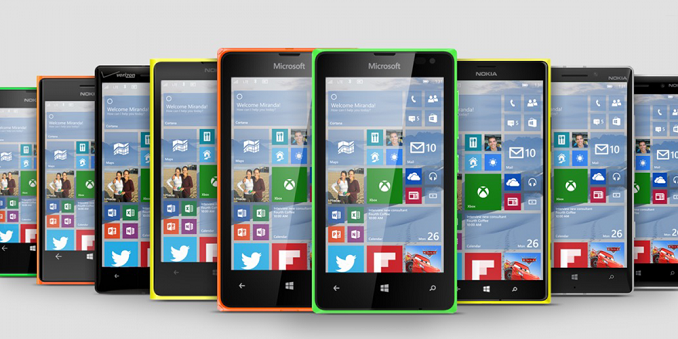
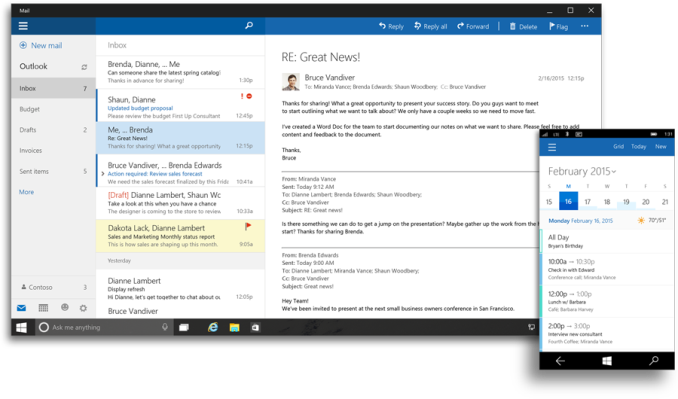
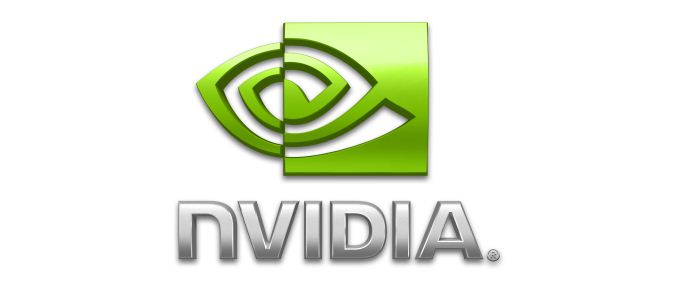






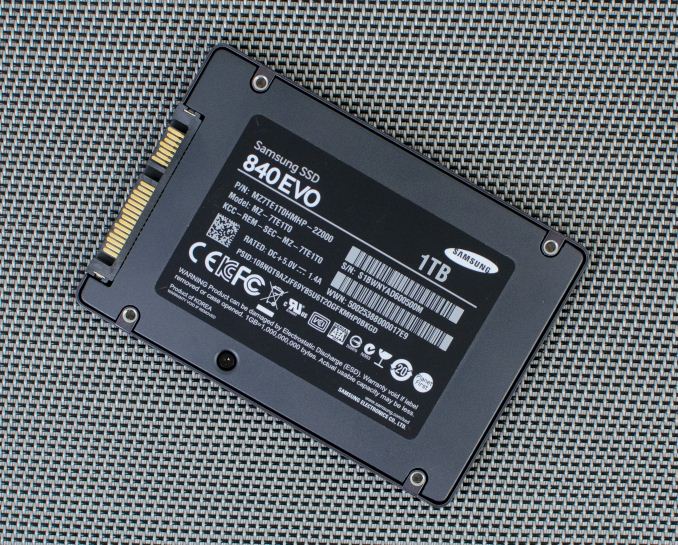






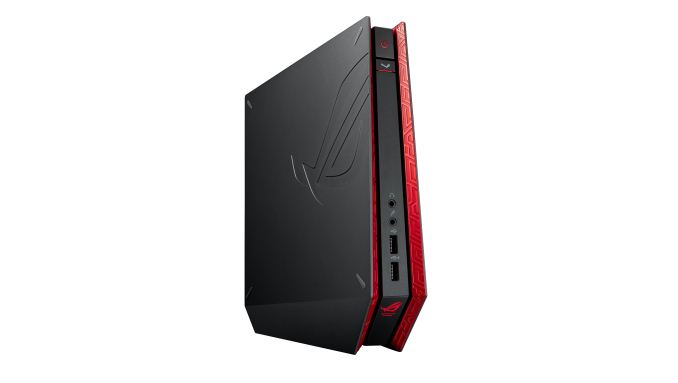
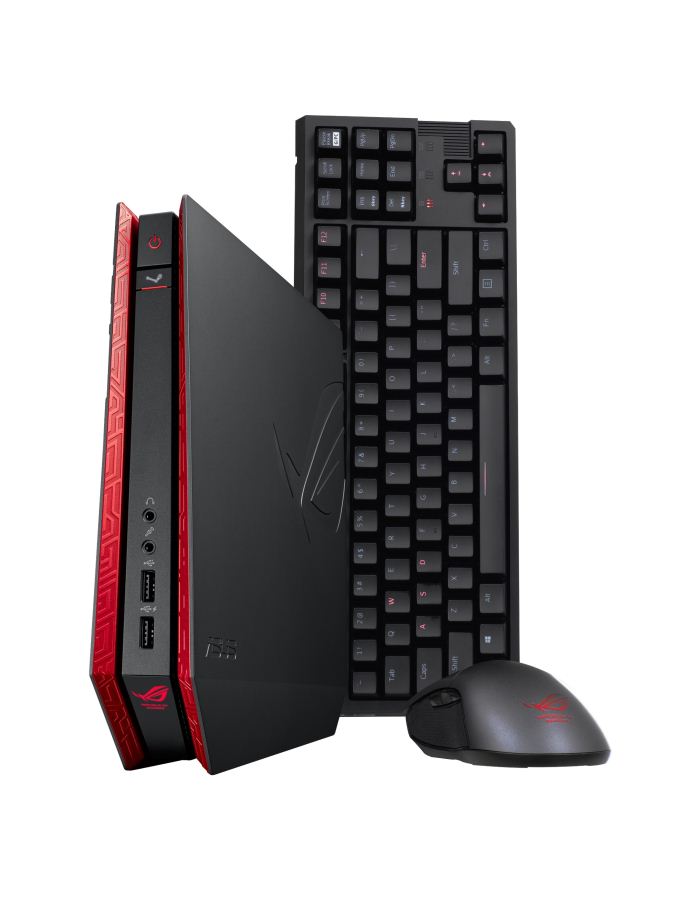
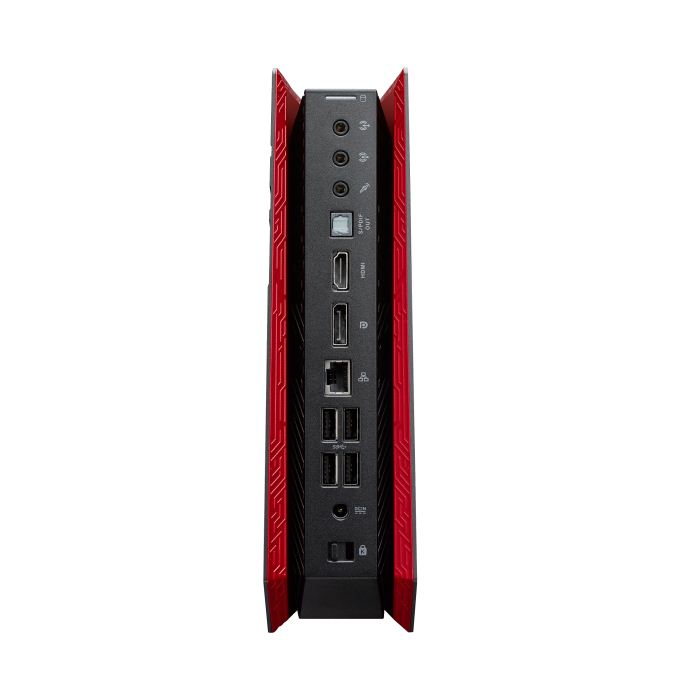
















Bookmarks